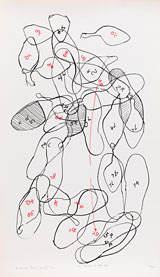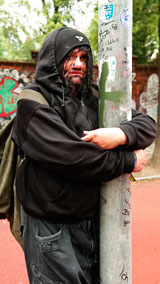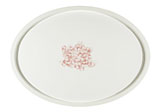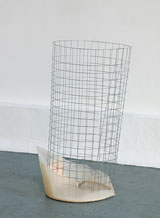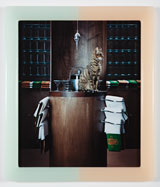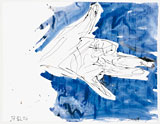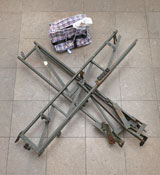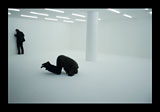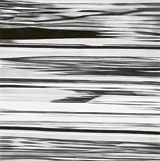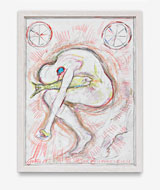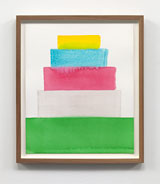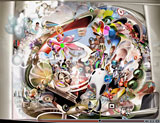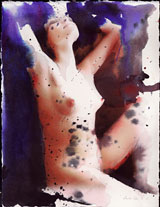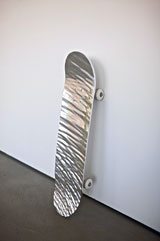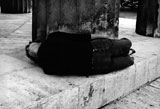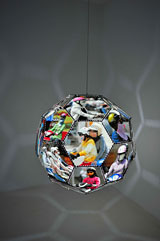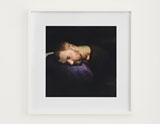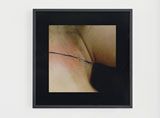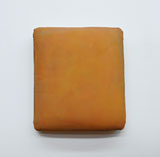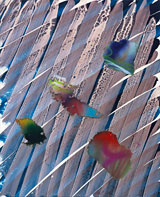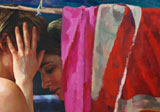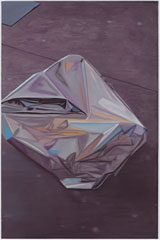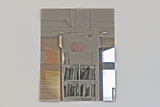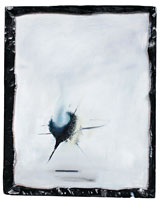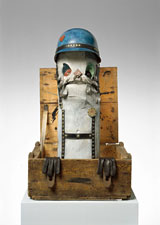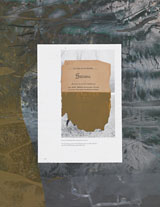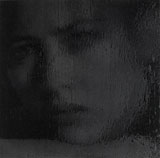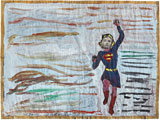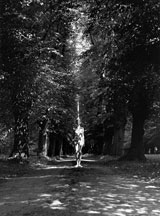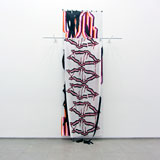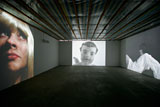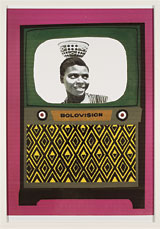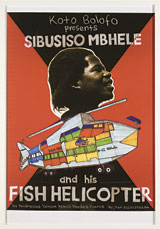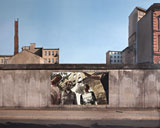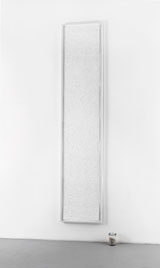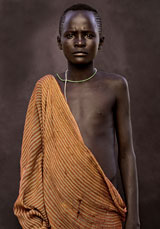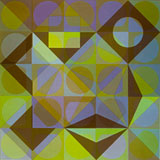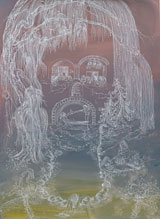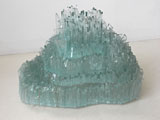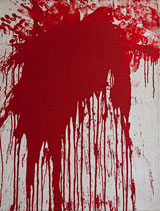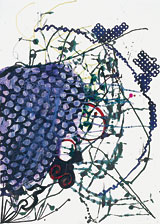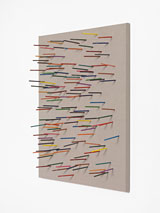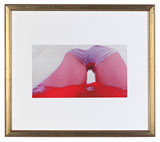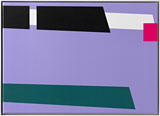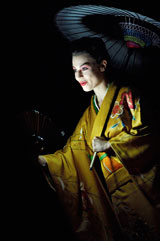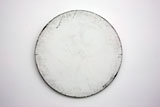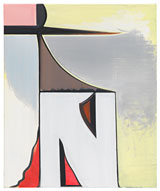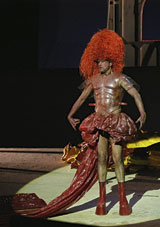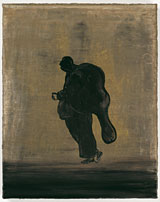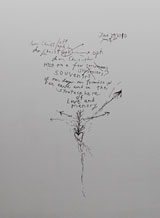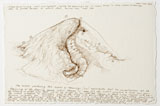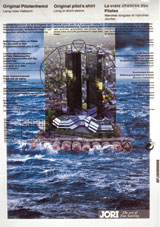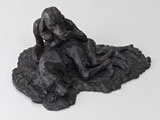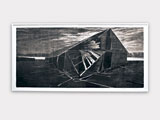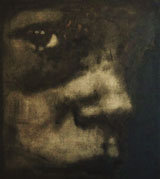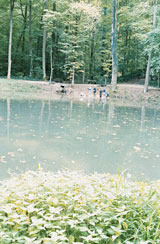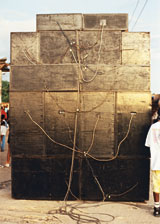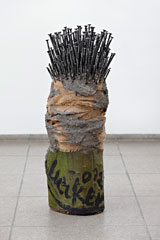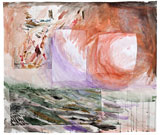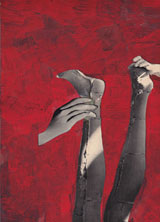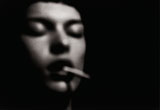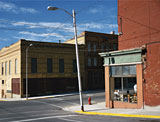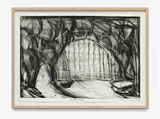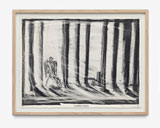ABOUT
FOREWORD
ARTISTS
ACKNOWLEDGEMENT
SUPPORTERS
OPERA VILLAGE
CONDITIONS
REGISTRATION
NEWSLETTER IMPRINT
PRIVACY
FOREWORD
ARTISTS
ACKNOWLEDGEMENT
SUPPORTERS
OPERA VILLAGE
CONDITIONS
REGISTRATION
NEWSLETTER IMPRINT
PRIVACY
GER | ENG
Christoph Schlingensief, the Auctioneer
Chris Dercon, London, February 2012
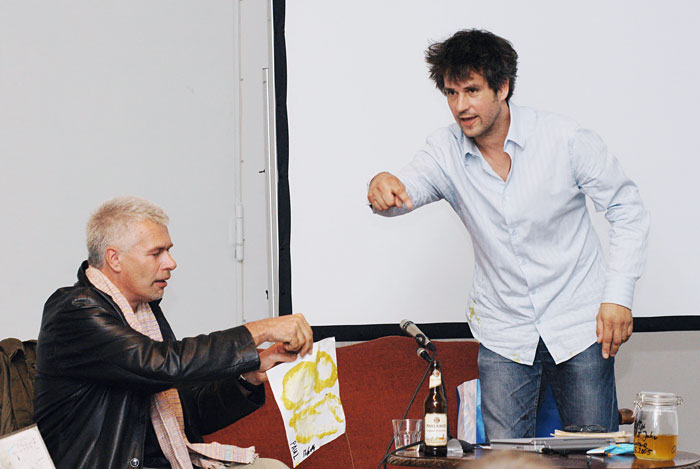 CHRIS DERCON AND CHRISTOPH SCHLINGENSIEF, MUNICH, 2005
CHRIS DERCON AND CHRISTOPH SCHLINGENSIEF, MUNICH, 2005
PHOTO: MARION VOGELChristoph Schlingensief was interested neither in a division of different fields of art nor in dissolving these fields. So he repeatedly claimed, »I’m not a filmmaker anymore.« Often he felt more at home in the museum than in the theatre. »I come from film. But art is easier to produce. You can do so much!« Did he contradict himself? No, he just wouldn’t let anybody stipulate things for him. He acted, and he did so, as in his Africa project, always in the sense of a »transactor« and negotiator. In the final months of his life, he always negotiated for money, of which he needed a great deal for the opera village Remdoogo in Burkina Faso. During his very last public appearance, at the end of June 2010 in Munich at the opening of the Opernfestspiele, where he himself played the »negro« in Via Intolleranza II, he showed on stage the art market page of the Frankfurter Allgemeine Zeitung of that very day: a picture of a photo-realistic painting by Gerhard Richter entitled »Neger«, from the year 1964. It was to be auctioned off shortly thereafter, and the estimates were very high. A few days later Schlingensief needed radiation therapy in hospital. The painting was sold for about 4 million euros; even half of that would have been enough to build Remdoogo. Two months later, Christoph Schlingensief died. But as the development of Remdoogo and this auction show, Christoph Schlingensief is not dead – he just hid really well.- Christoph Schlingensief enjoyed being present in the visual arts. When in 2003 Schlingensief showed at the entrance of the Biennale terrain in Venice the »First International Pole-Sitting Contest« of the Church of Fear, his first cooperation with the gallery Hauser & Wirth, he tried to explain what so fascinated him about Martin Kippenberger: »Yes, yes, art is always part of it.« And thus Schlingensief always wanted to be close to art. And similar to his work in theatre and film, in this field, too, he had some adventurous accomplices: the curators Klaus Biesenbach, Catherine David, Hans Ulrich Obrist, Kaspar Koenig, Ulrich Wilmes, Stephanie Rosenthal, Raphael Gygax, or Susanne Pfeffer. Since Schlingensief’s »resurrection« at the 54th Biennale in Venice, curated by the museum director Susanne Gaensheimer, a lot of »art professionals« also from non German-speaking countries have been taking an interest in his work. Schlingensief was rather proud of this interest and of his appearances at Documenta 10, the Venice Biennale, Museum Ludwig in Cologne, and Haus der Kunst in Munich, and of the recognition he achieved in the art world.
However, he was most interested in art and artists who had turned their back on what he called the »cleanness of art«: Otto Mühl and the other Vienna actionists throwing up, Joseph Beuys’ dead rabbit and his »extended notion of art«, Dieter Roth’s emotion machines and the fluid ideas of Fluxus, actions and Allan Kaprow, Paul Thek’s processions, Martin Kippenberger’s courage, and the ketchup massacres of Paul McCarthy, whose independence he prized greatly. - In July of 2005, in a satirical talk show with the motto »I want to prove that in Germany, everybody can be a talk show host« in Munich’s Haus der Kunst, he said to the exhibition artist Paul McCarthy (who of course was absent), »I’m glad that Paul McCarthy is also here to talk about art. And I am now imitating your work or you imitate me. I am with the same gallery as you. Now the problem is, as some people say: There is a young man who wants to be like Paul McCarthy.« At the end of his talk show, Schlingensief appropriated McCarthy’s work by pulling down his trousers and smearing »medium hot« mustard on his naked bottom. The imprint of that body part, a slightly soiled yellow drawing on paper, was offered with a grand gesture to the audience for a minimum bid of 50 euros, but was then withdrawn because nobody made a bid, and thus remained in the possession of the organizers. A few months later, the very same drawing, dry by now and framed, was once again offered at an auction at Haus der Kunst, this time in aid of a small Munich publishing house, and sold to an anonymous collector for several thousand euros. Christoph Schlingensief had understood the art world, and the art world was beginning to understand him. The auctions had become part of his work.
In Venice, Schlingensief wanted to erect a cage-like structure on the exterior façade of the German pavilion in which – a ferocious dramatisation of Africa’s and Europe’s fraught relationship – he would have presented Africans as artists, actors, computer technicians, as »curiosities« in a display reminiscent of 19th century world fairs and ethnographical exhibitions. One of these cages was to house an African painter creating pictures of »negroes« in the manner of Gerhard Richter. I am sure had the plan been realized, Schlingensief would have auctioned those pictures in order to raise money for his project in Africa. After the premature death of Christoph Schlingensief, Susanne Gaensheimer decided to present exclusively existing works in Venice. And yet Remdoogo was present in the pavilion as a work-in-progress. - Auktion 3000 was organized to give a future to Remdoogo. Its school was opened on 8 October 2011. Remdoogo will always keep developing and be in a state of permanent change. Change was at the heart of Christoph Schlingensief’s vision, and Remdoogo is, to use Patti Smith’s phrase, »a door of perception and a site of exception«. Many cultural infrastructures attract attention with what they show, but only few are exceptional in how they do things. Remdoogo first and foremost wants to create a meeting place, a place where those who know something engage with those who know something else. This auction functions in the same way: it is a transaction between those who have something and those who have something else. And that is precisely also what Via Intolleranza was all about!

